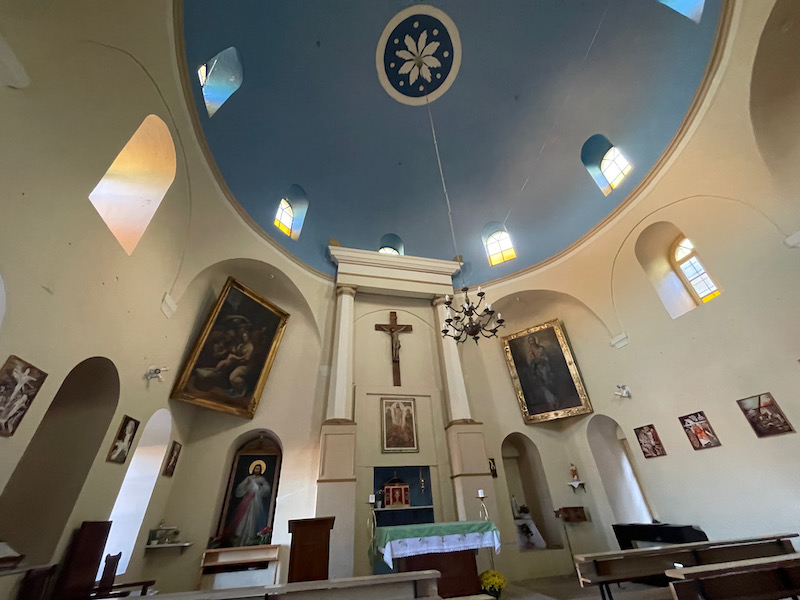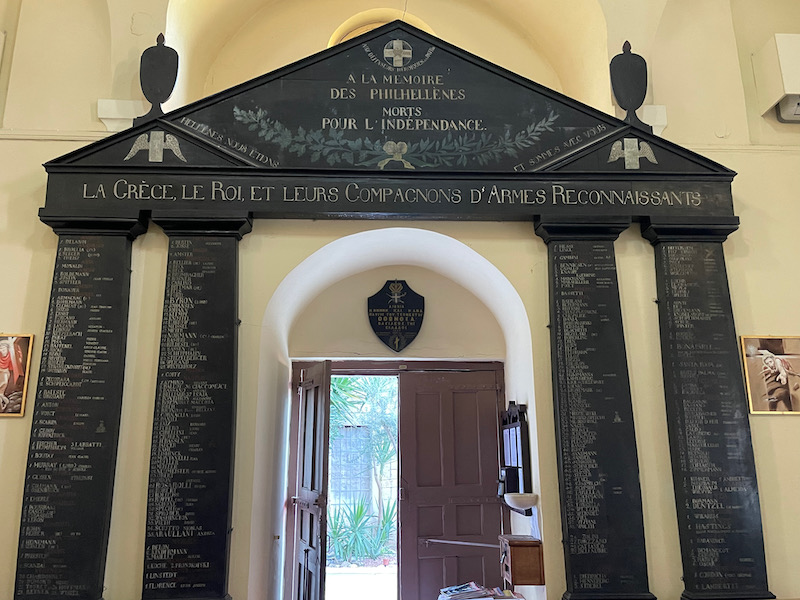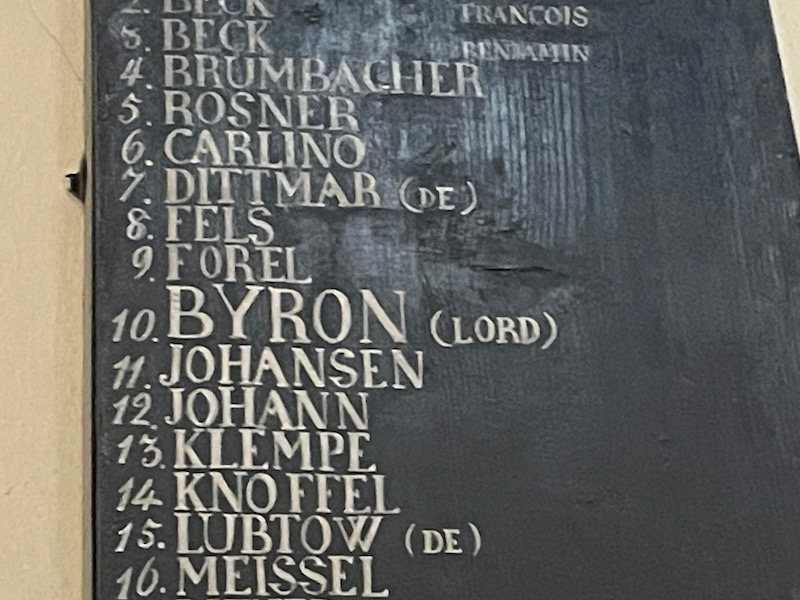Our Blog - Greece 2024 - Nafplion
We spent 2 nights in Nafplion. The oldest reference to the town is in the so-called "Aegean List" from the Mortuary Temple of Amenhotep III, dating to 14th century BC, where it is recorded as "npry". But it has changed throughout the years to Nauplia, then Náfplion and Nafplio somewhat interchangeably. Most of the old town is on a peninsula jutting into the Argolic Gulf. It has been under various rulers ... the Greeks, the Romans, the Byzantines, the Franks, the Venetians, and the Turks. We looked around town a little bit but mostly used it as a base to go to some Ancient Greek archeological sites nearby.
Up on the top of an acropolis (the highest point in town) is the Fortress of Palamidi. Built in 1714 by the Venetians during their 2nd occupation, it is nestled on the rest of a 700 foot hill overlooking the town and continues down the side of the hill a bit. You'll see this again later from the other side.
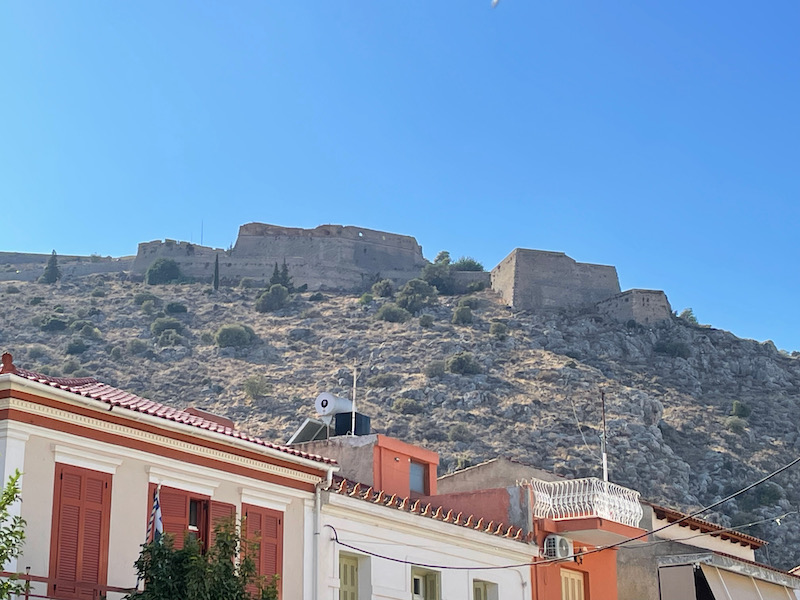
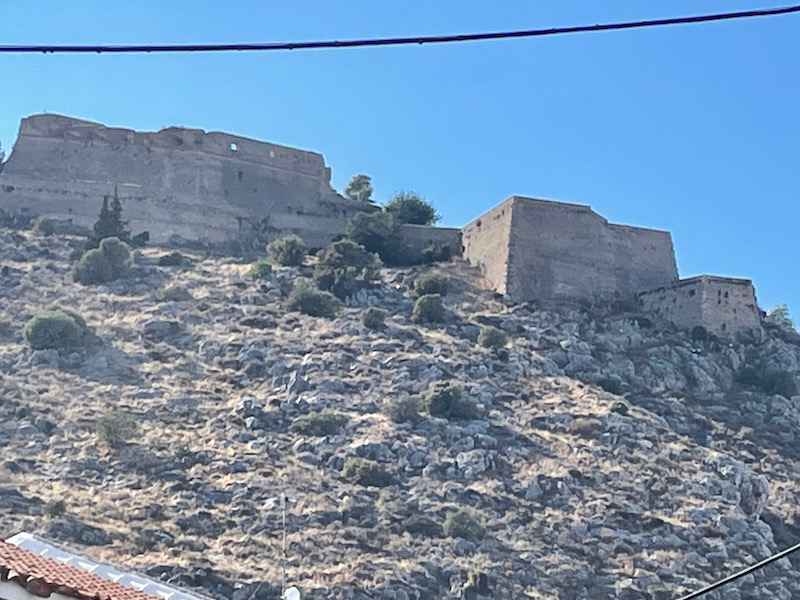
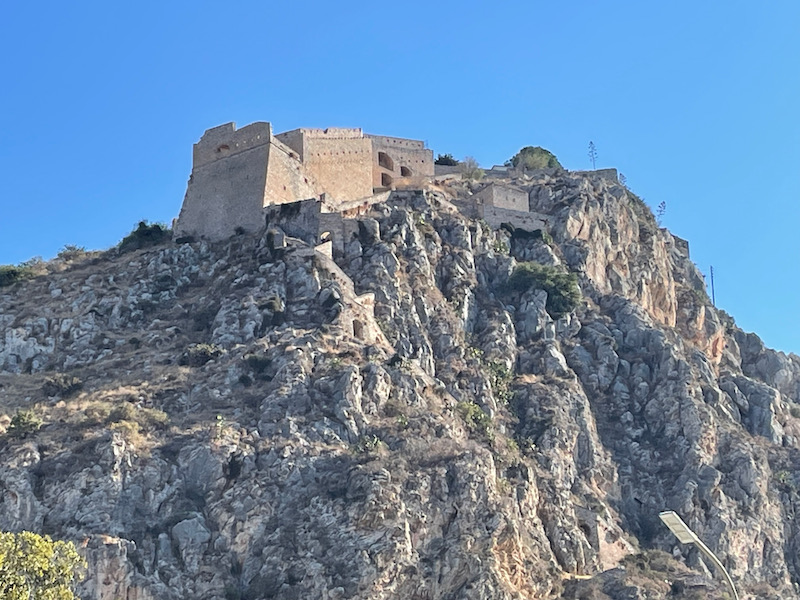
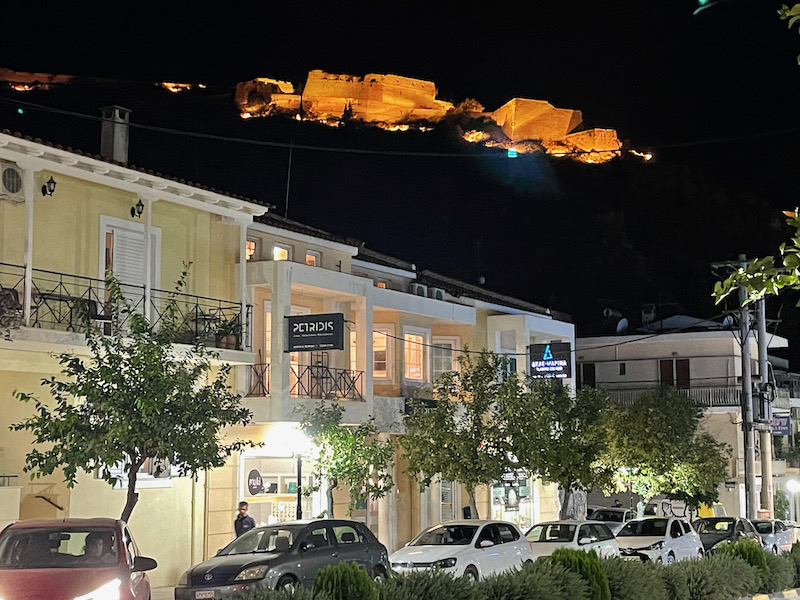
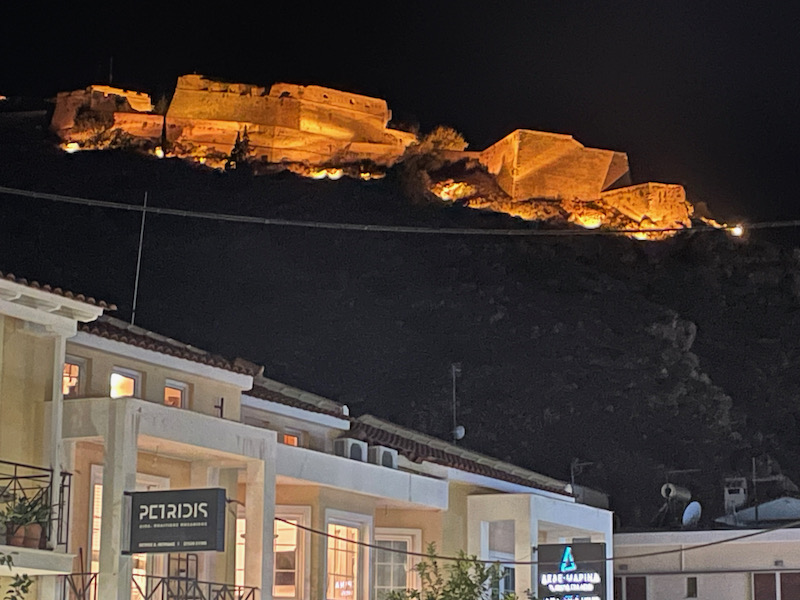
The Church of Saint Spyridon is a small basilica with a dome that dates from 1702. It is (unfortunately) known for an assassination. It was in its doorway that the statesman Ioannis Kapodistrias, the first head of the newly independent Greek state, was assassinated in 1831 by the Mavromichalis brothers due a long-running vendetta. The mark of the bullet can still be seen next to the door. It was closed so only one little picture.
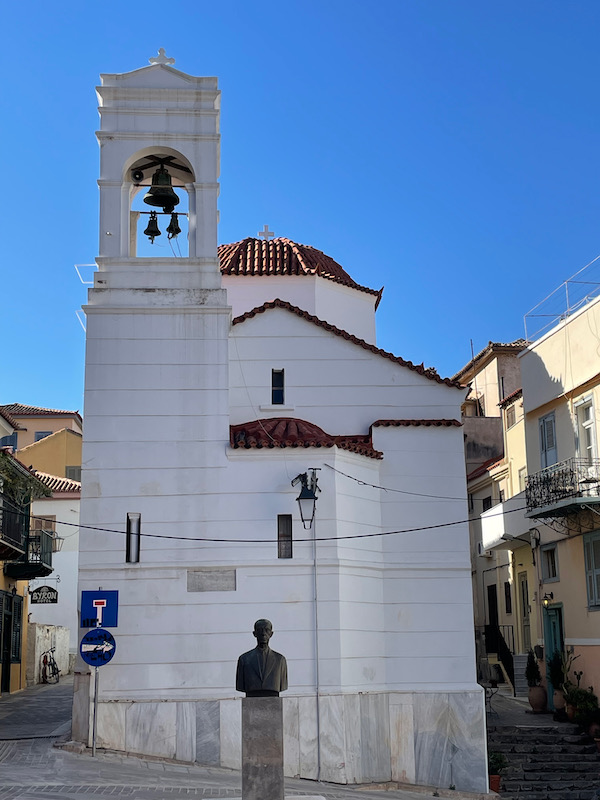
The Ottomans under Sultan Sulemain took the town from the Venetians in 1540. One of the more important projects that was undertaken by the Sultan was a system of water fountains throughout the maze of narrow streets in the central part of the town. Most fountains were highly decorated and many had Arabic inscriptions either on the fountains themselves or on plaques nearby. Only 4 remain and 3 of them are around the church.
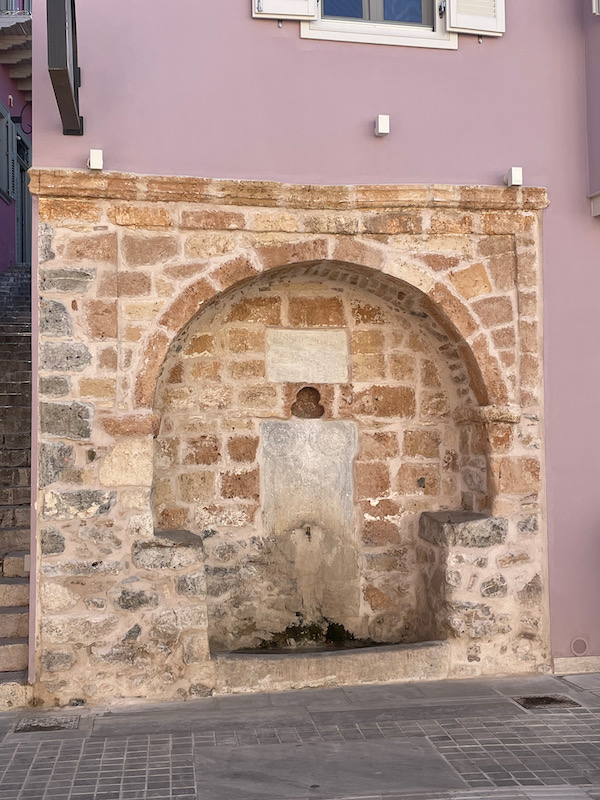
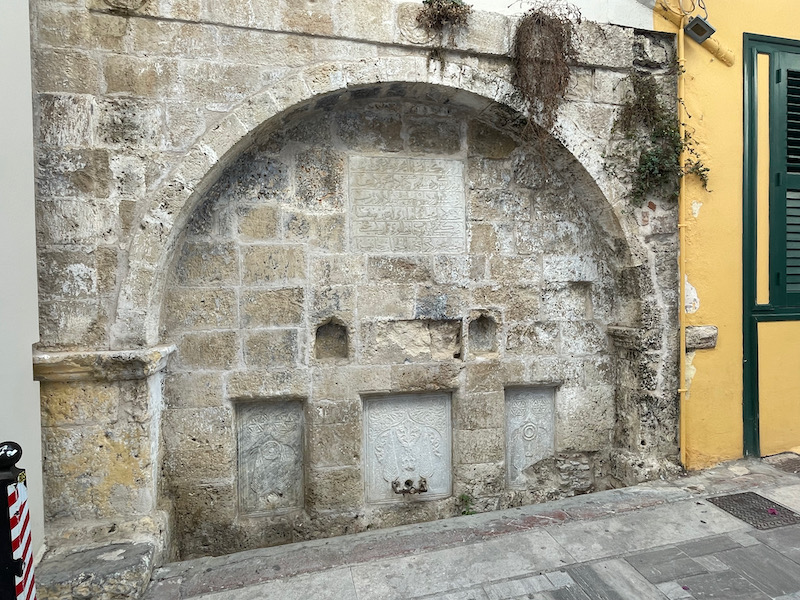
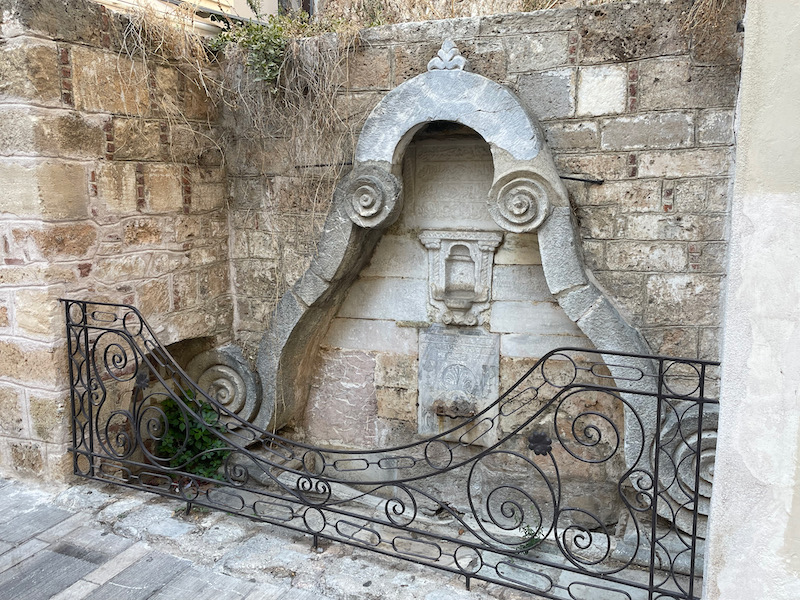
Syntagma square is the main square in town. Many important historic monuments are located around the square, including the Archaeological Museum, the former mosque of Aga Pasha, and the parliament building. In 1862, when the Greek rebellion was in great need for finances, Georgios Gennadios, also known as the teacher of Greece, gave an extremely powerful and moving speech under a tree. The speech affected the locals so much that even the poorest woman, known as Psorokostaina, gave up her petty possessions for the cause of the revolution.
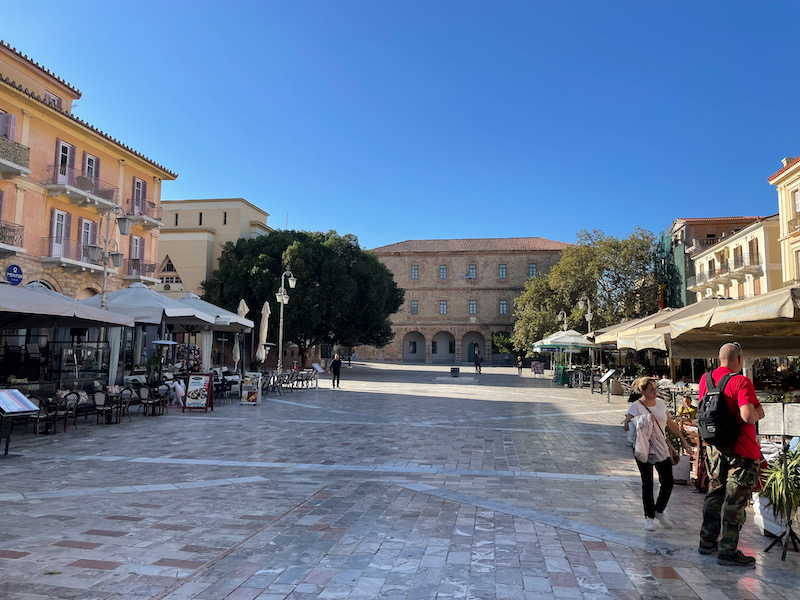
The Archeological museum is housed in a red-stone building, built in 1713. Originally built as a naval storehouse for the Venetian fleet, it now houses artifacts from nearby sites Mycenae, Tiryns, Asine, and Dendra.
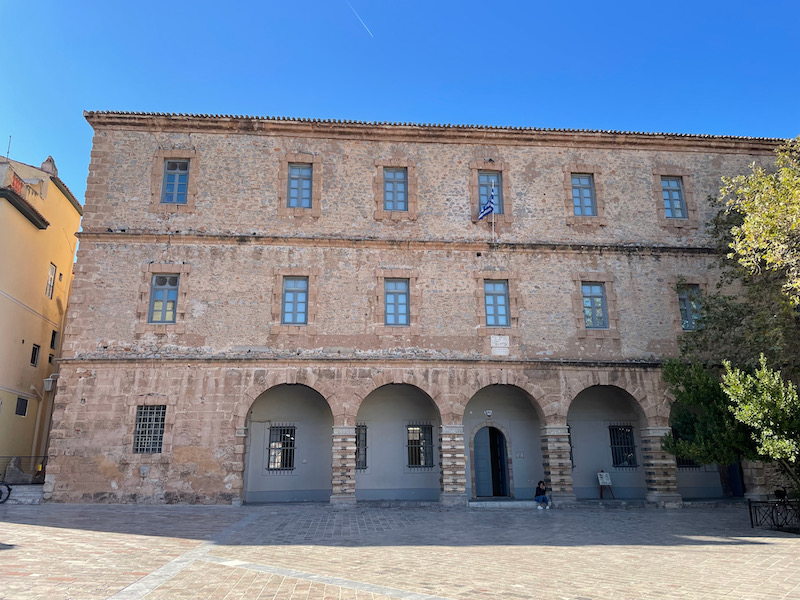
This former mosque, built of dressed gray stone, was where the Greek National Assembly held its first meetings, giving the building its name, Vouleftiko (parliament). The building dates from 1530, and legend has it that the lintel stone from the Tomb of Agamemnon was used in the construction of the large, square-domed prayer hall. It is now used as a government conference center.
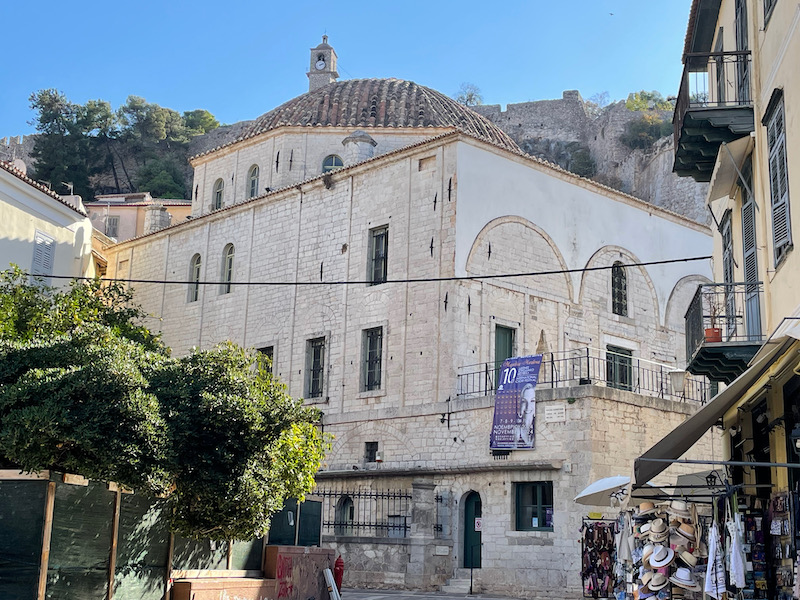
The Church of Panagia is a post-Byzantine 3-aisle basilica linked to St. Anastasios, a local painter. Legend says that he was engaged to a local girl but abandoned her because she was "immoral". Her relatives cast spells over him and, becoming despondent, he converted to Islam. When the spells wore off, he cried out, "I was a Christian, I am a Christian, and I shall die a Christian". An Ottoman judge ordered that he be beheaded, but a Turkish mob stabbed him to death before that could happen. His corpse was then allegedly put on an ancient olive tree next to the church, which never again bore fruit.
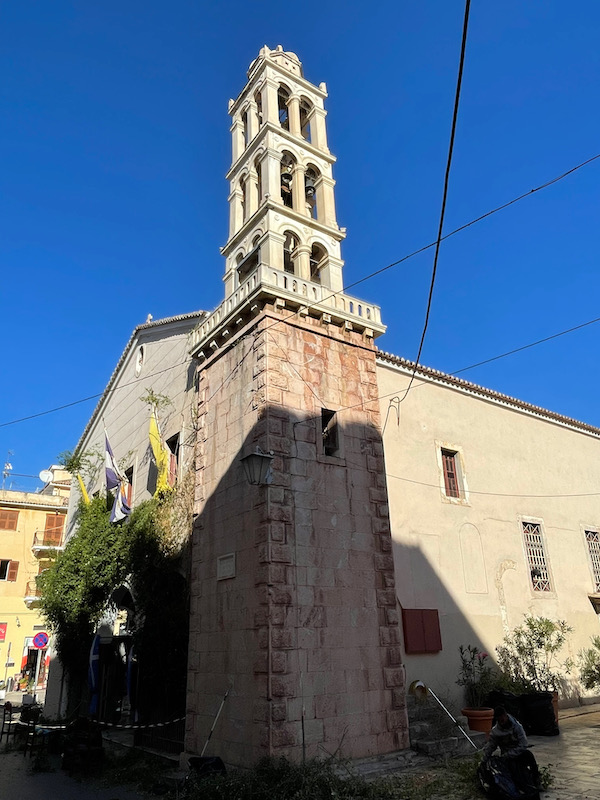
The original church here was from the 15th century and it was converted to this form around 1700. Like many Greek Orthodox churches, the exterior is quite plain but the interior is magnificent. Every inch is decorated somehow, with green marble columns defining the 3 aisles and 2 huge chandeliers in the middle.
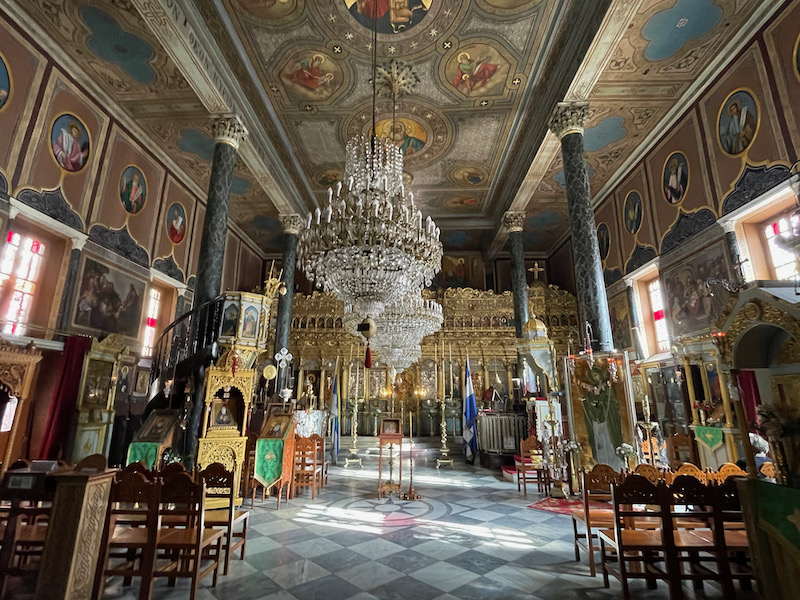
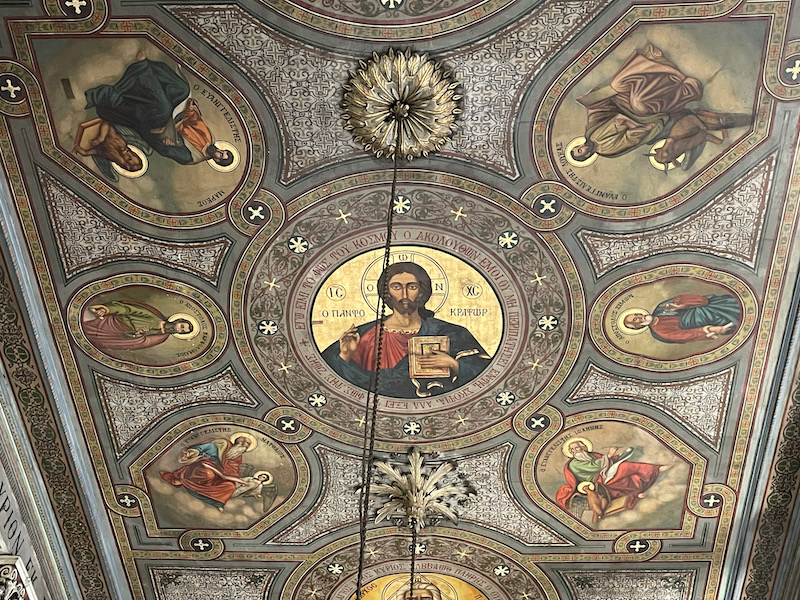
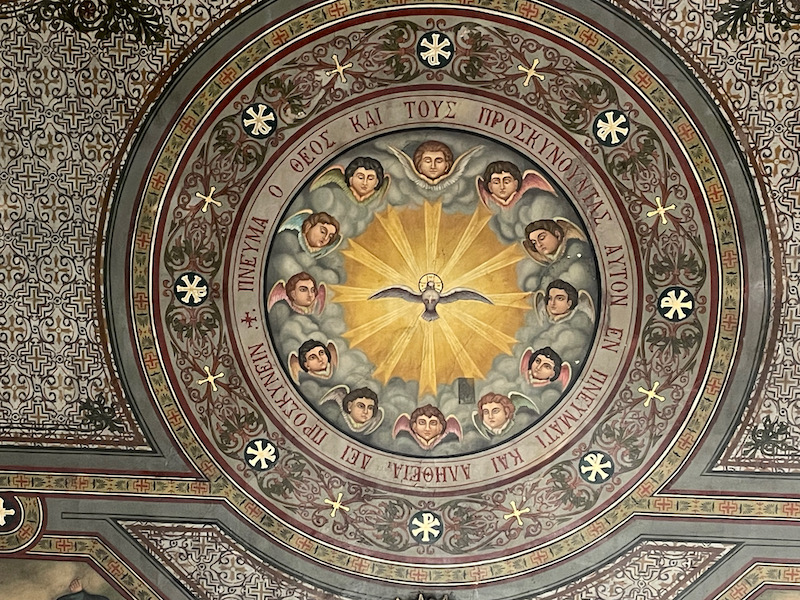
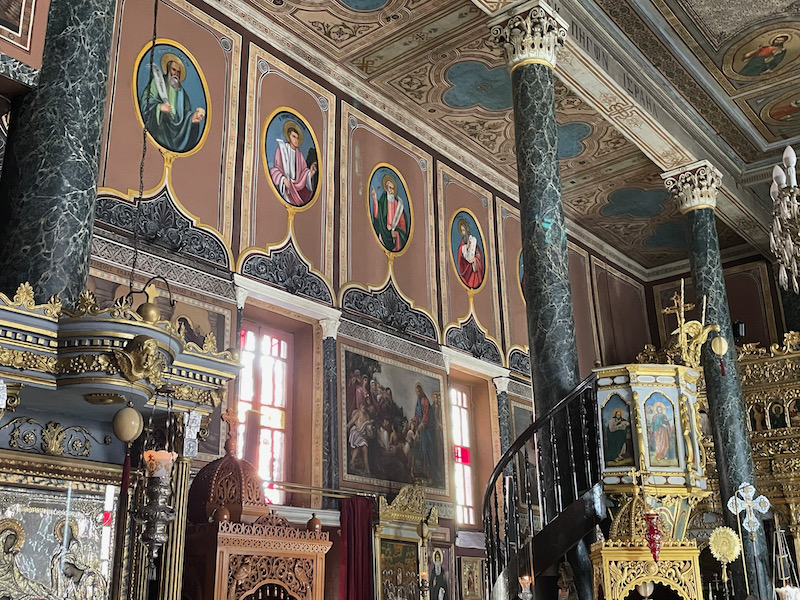
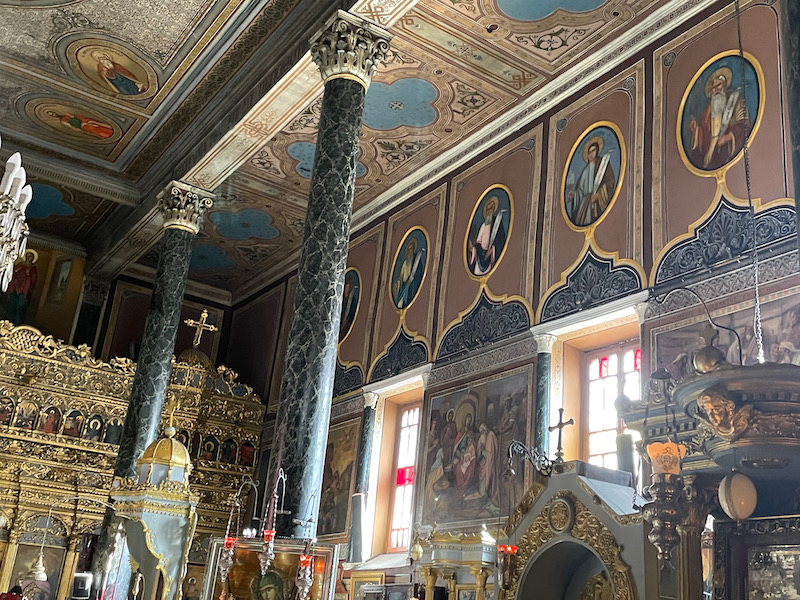
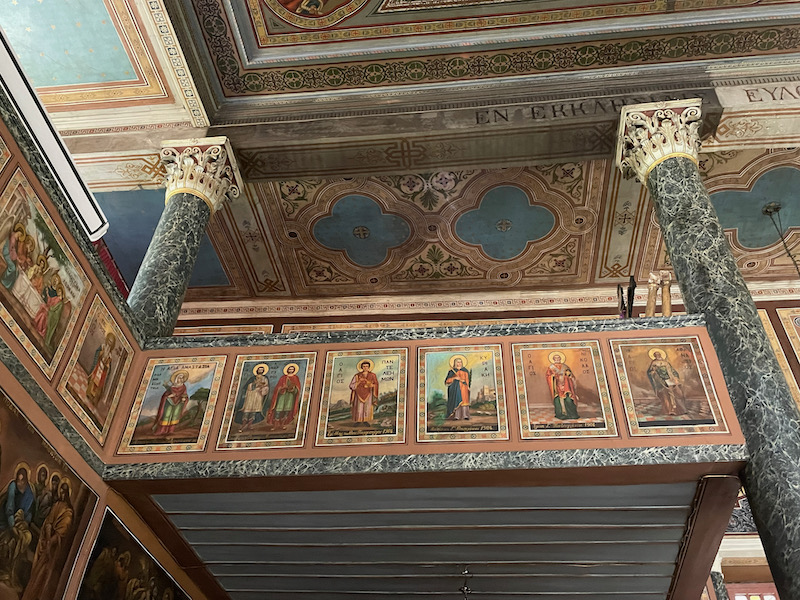
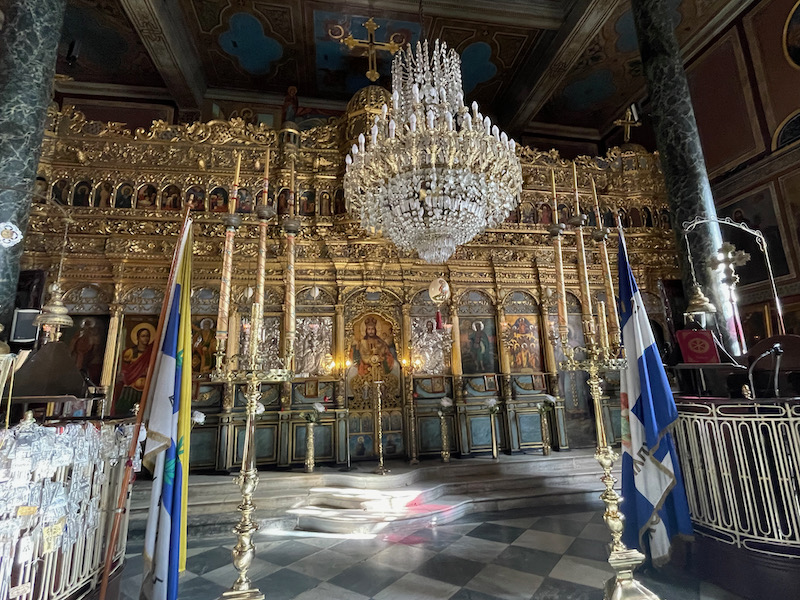
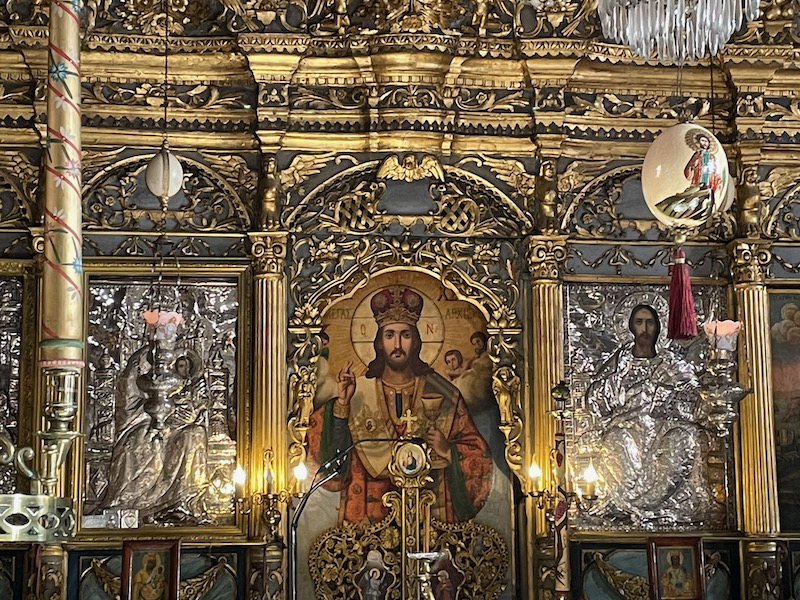
In the middle of the harbor is a tiny piece of land with a tiny-sized fortress called the Bourtzi. The Venetians completed a single tower in 1473, and they enlarged it with a second tower and bastion when they recaptured the town in 1686. It was captured by freedom fighters during the War of Independence in 1822 who used the island to bombard the Turks defending the town. By order of the newly arrived King George I, the castle was disarmed in 1865 and became the residence of the town's executioner and the location of for executing prisoners via guillotine. Now, it is just a tourist attraction.
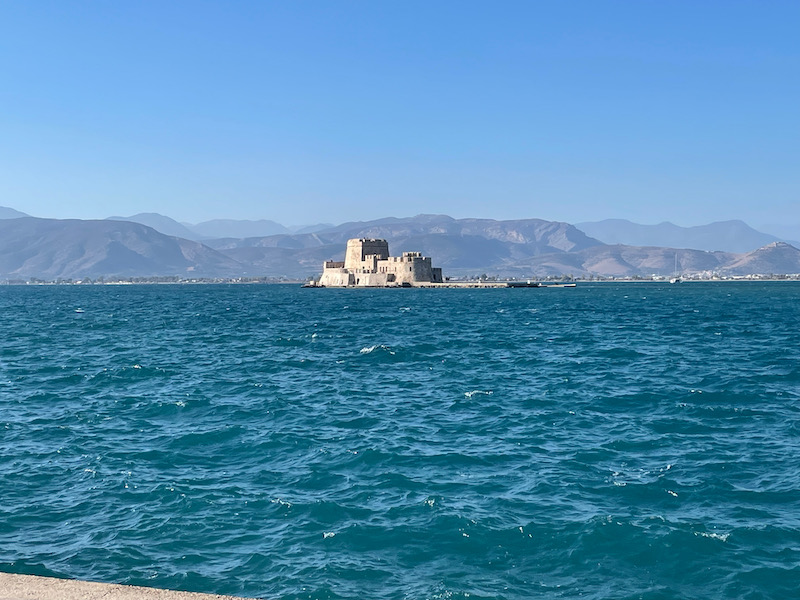
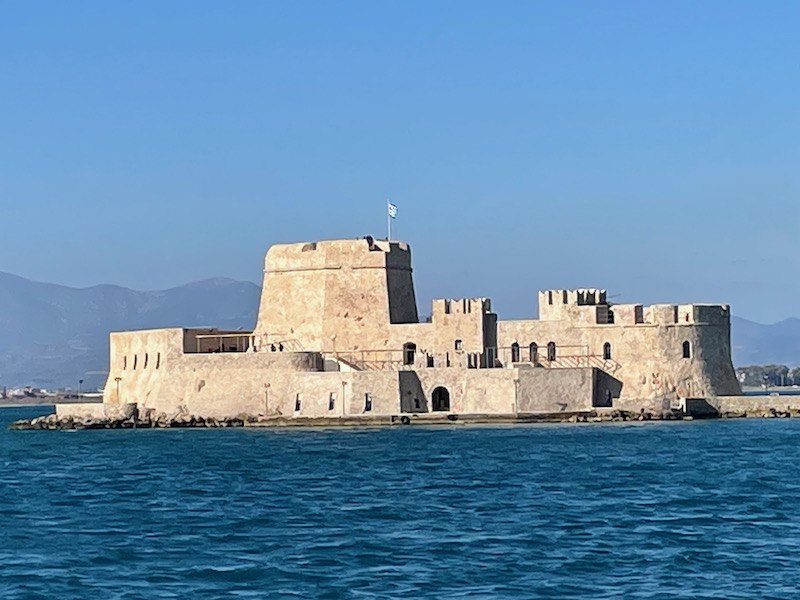
We then took a relaxing walk on the kilometer-long Arvanitia Promenade. It is paved with flagstones and opens every so often onto pretty terraces planted with rosebushes and olive and cedar trees. At the start of the walk, there are fortification walls from around 1400 along with a few cannons that were placed here, giving it the name "Five Brothers Bastion". As you can tell, they aren't in the best of shape :-) The promenade goes right along the water, even having a few tunnels under the cliff.
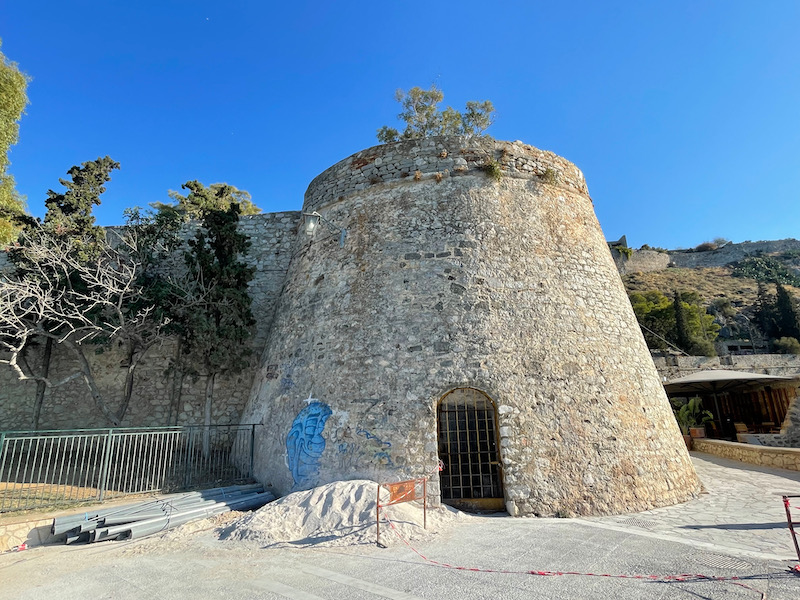
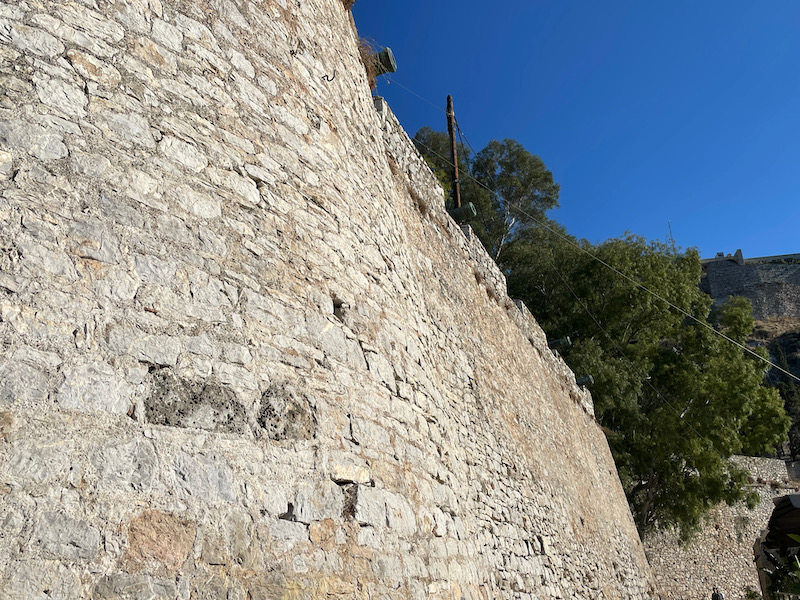
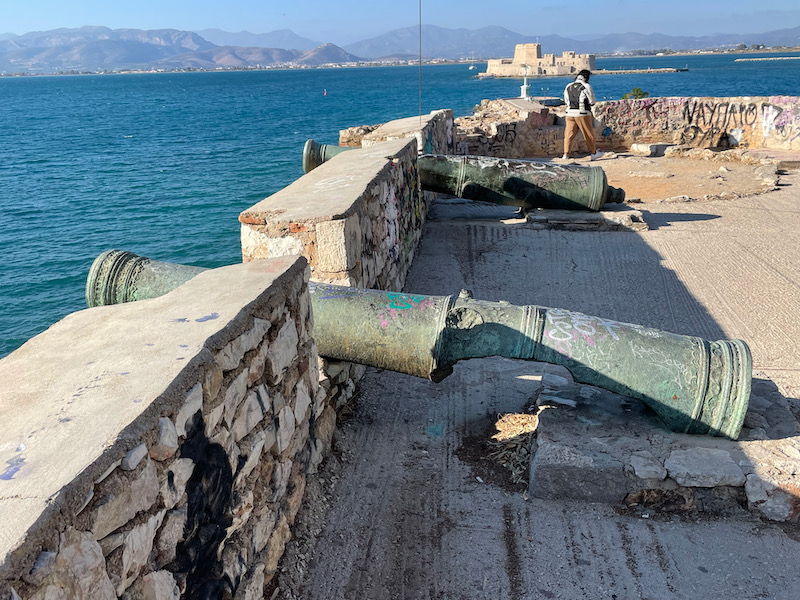
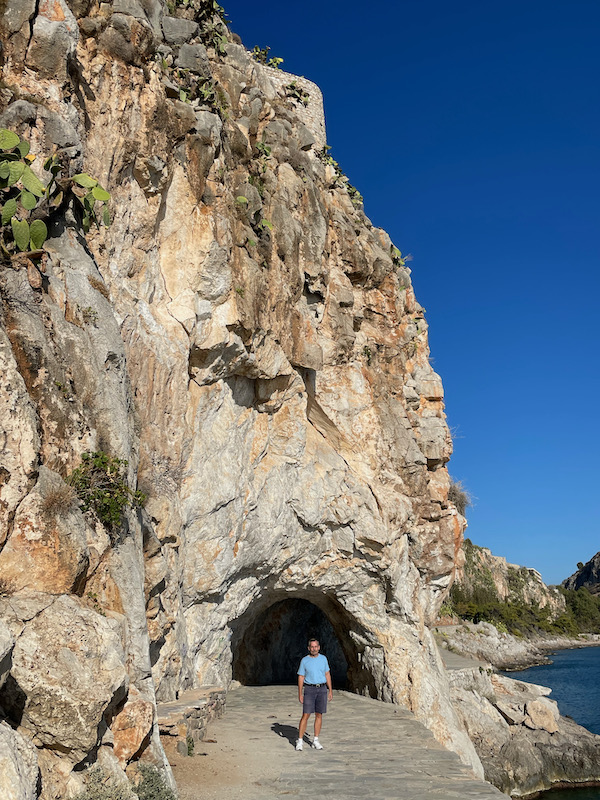
As we got around to the other side, we got another view of the fortress up on the hill. I'm not sure how easy it is to see, but in the 3rd picture, check out the zig-zag stairs that go from the left side of the fortress down the side of the hill. You can actually walk up the 913 steps in that winding staircase from the town to the fortress.
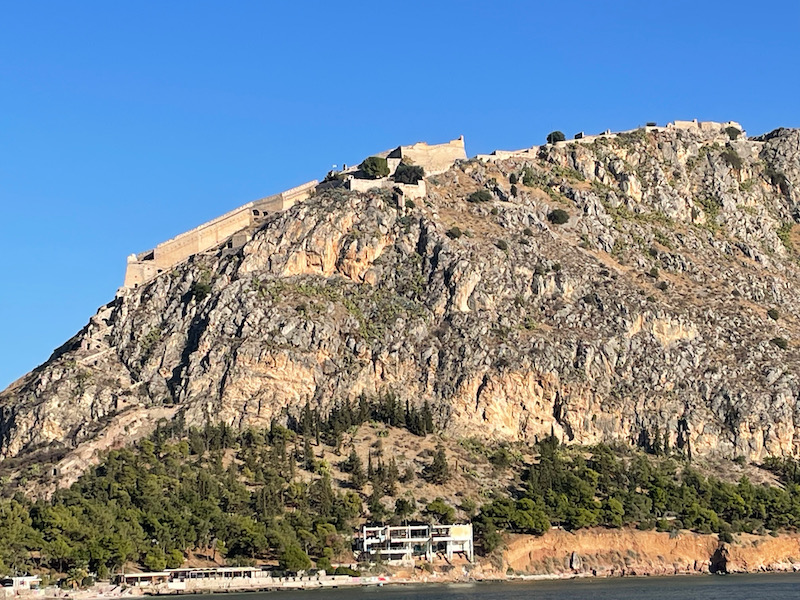
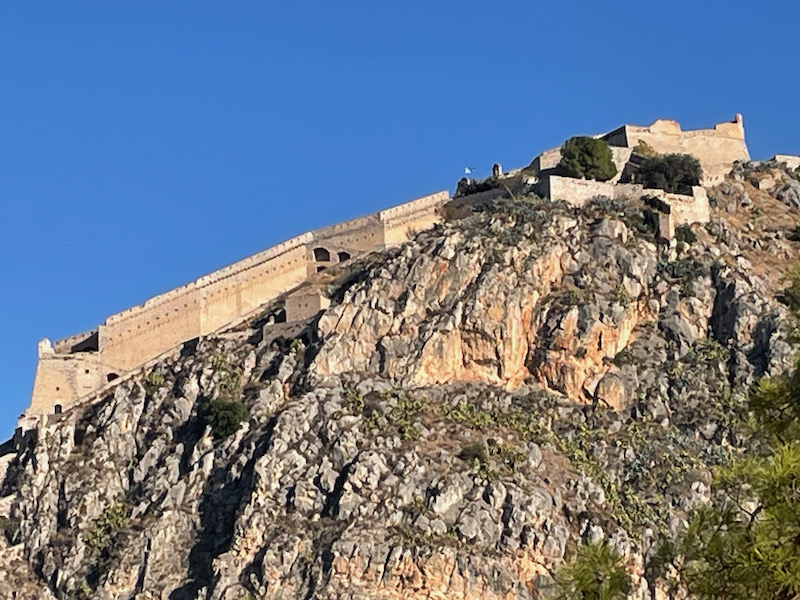
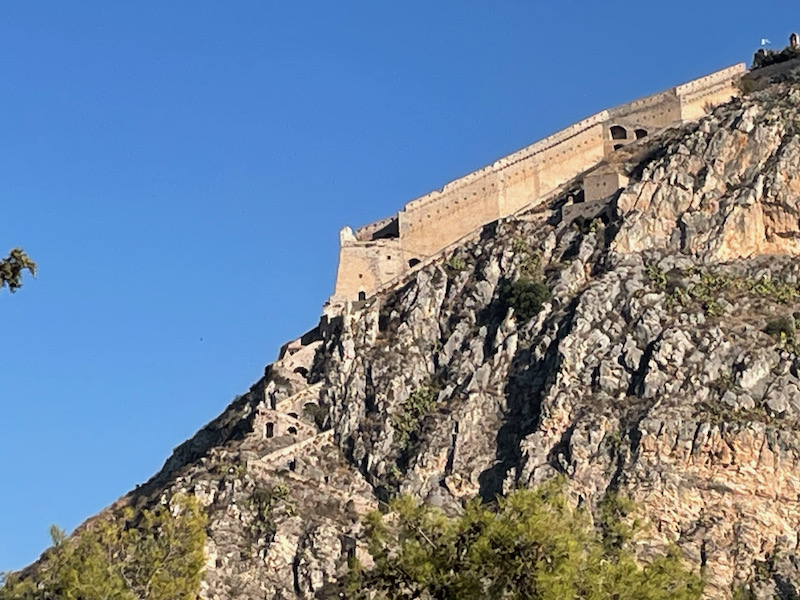
From the 13th to the 19th centuries, this was a mosque. But in the 19th century, King Otto returned the Church of the Transfiguration to the local Catholics. After climbing a couple sets of stairs, you can see the typical square mosque shape.
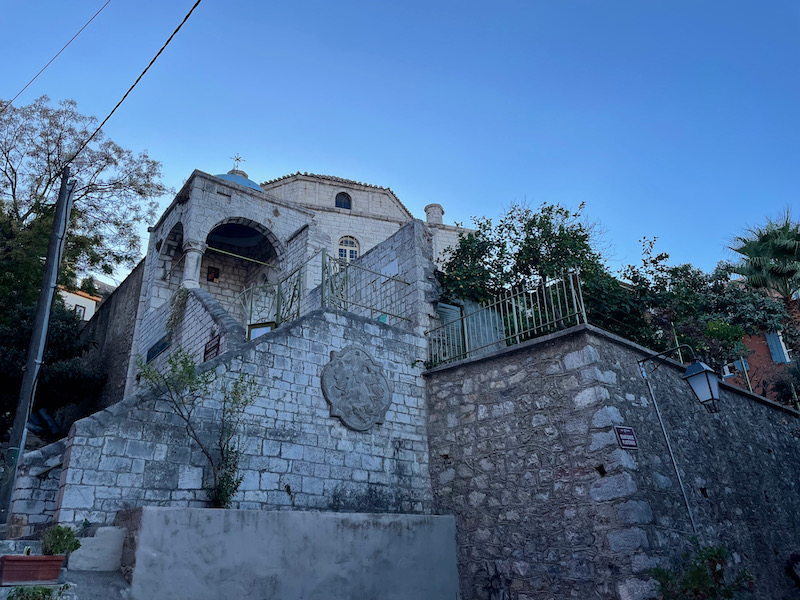
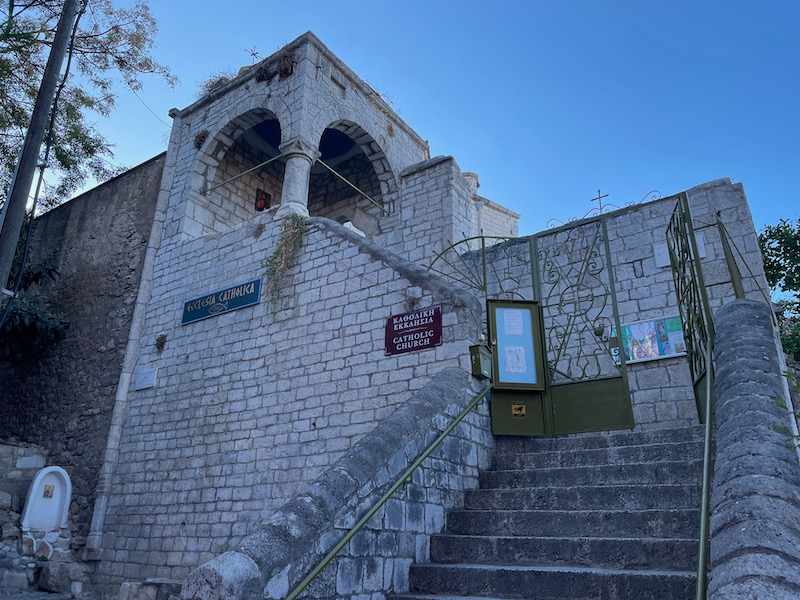
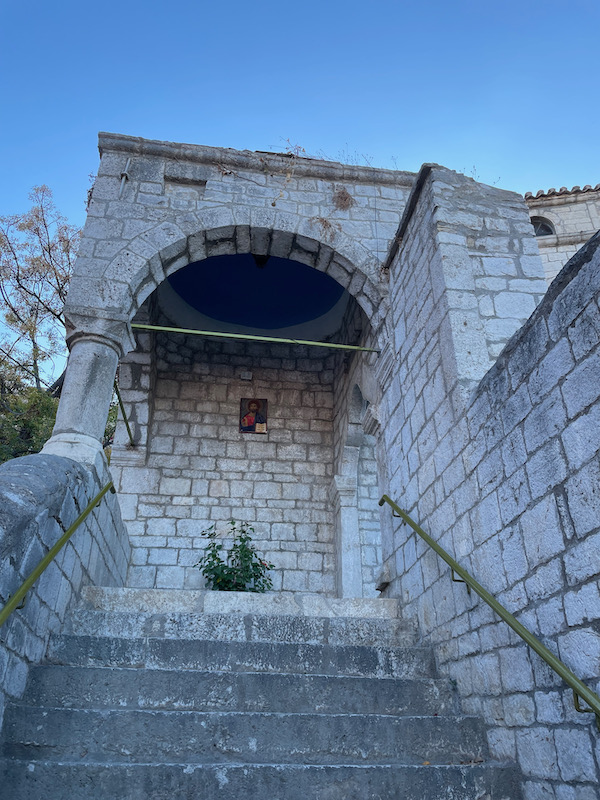
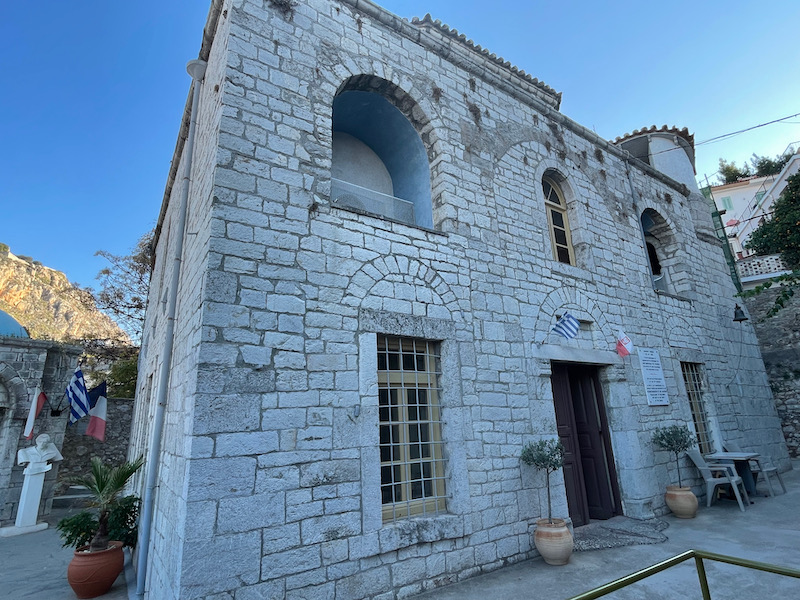
The interior is very clean and open, with white walls and a blue ceiling. A mihrab (Muslim prayer recess) behind the altar and the amputated stub of a minaret are evidence of the church’s use as a mosque. It is best known for the wooden monument inside the front door with the names of philhellenes (Greek admirers) who died during the War of Independence. The most known of the list is the British poet Lord Byron at number 10.
